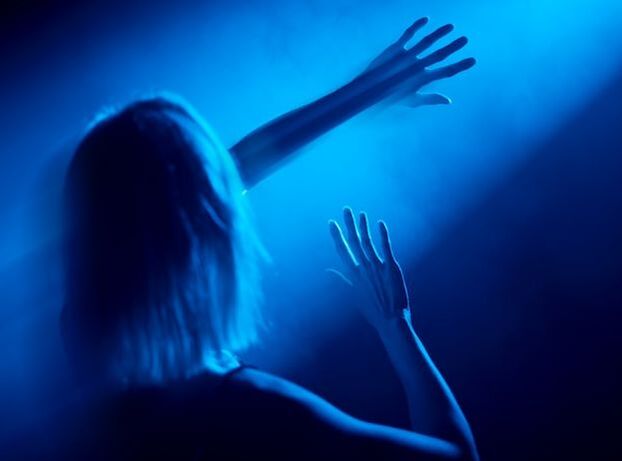Blue Light: Effects on Sleep & HealthBlue light can damage our skin and eyes and interrupt our natural circadian rhythms. This article describes how this happens and how you can protect yourself from the effects of blue light.
When I snap out of that focus, I suddenly notice that my eyes are tired and sore. I can blame dry eyes from staring for some of the discomfort, but not all of it. Another reason that those writing marathons can hurt my eyes is because of the blue light emitted by my computer screen. In fact, I recently added software to my computer that stops it from generating blue light, and now my writing sessions go by with less discomfort.
If you’re not aware of the effects blue light may be having on your well-being, you’ve come to the right place. Let’s dive into the science on blue light. We will see how it mostly hurts us, but might be able to help in a few key ways, and we will learn about the steps you can take to reduce its impact on your own health. Before reading on, if you're a therapist, coach, or wellness entrepreneur, be sure to grab our free Wellness Business Growth eBook to get expert tips and free resources that will help you grow your business exponentially. Are You a Therapist, Coach, or Wellness Entrepreneur?
Grab Our Free eBook to Learn How to
|
Are You a Therapist, Coach, or Wellness Entrepreneur?
Grab Our Free eBook to Learn How to Grow Your Wellness Business Fast!
|
Terms, Privacy & Affiliate Disclosure | Contact | FAQs
* The Berkeley Well-Being Institute. LLC is not affiliated with UC Berkeley.
Copyright © 2024, The Berkeley Well-Being Institute, LLC
* The Berkeley Well-Being Institute. LLC is not affiliated with UC Berkeley.
Copyright © 2024, The Berkeley Well-Being Institute, LLC




